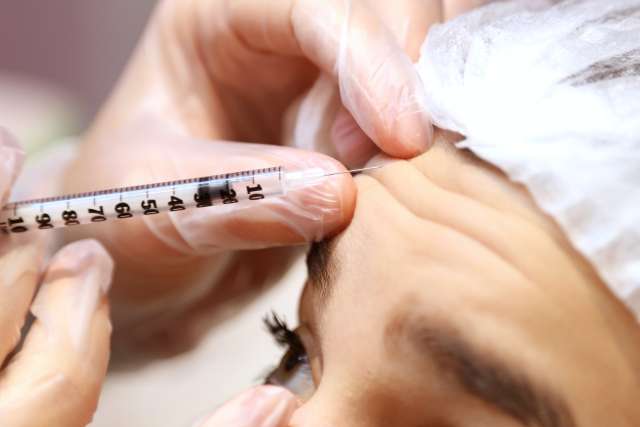Dear Doctors: I get really bad migraines every week, and they knock me out. I have been using drugstore pain meds, but lately they've stopped working. What other kinds of treatments are available? I've heard from a friend that Botox can help prevent migraines. How does it work? How do you get it?
Dear Reader: Migraine is a neurological disease in which the activity in certain nerve pathways, along with the release of neurochemicals, causes a diverse range of symptoms. The primary symptom among these is throbbing or pulsating headache pain. The pain from migraine occurs on one side of the head and is often quite severe. A migraine can last for just a few hours, or it may persist for several days.
Additional symptoms can include nausea, dizziness, fatigue, confusion and a pronounced sensitivity to light, sound and smell. For many people, a migraine often begins with a period of visual disturbance known as an aura. However, this doesn't occur in all cases.
Research shows that migraine has a genetic component, and people with a family history are at increased risk of developing it. The condition also affects women 3 times as often as men.
The over-the-counter pain relief drugs that you were using -- such as acetaminophen, aspirin and ibuprofen -- can be effective at both preventing and relieving migraine pain. However, they don't work for everyone, or not every time. They can also contribute to overuse headaches, sometimes referred to as “rebound headaches.”
In recent years, the United States Food and Drug Administration has approved several new prescription migraine drugs, both for prevention and for pain relief. These newer drugs work by blocking a protein that is suspected to play a role in triggering migraine attacks.
Another option for managing migraine pain is nerve stimulation therapy. This involves the use of a medical device to deliver a magnetic or electrical pulse to the branches of the trigeminal nerve, located in the forehead. Several studies into the efficacy of this treatment have returned mixed results, with about half of participants reporting successful pain relief.
This brings us to Botox. It's a prescription drug made from a toxin produced by the bacterium Clostridium botulinum. Botox may be best known for its ability to smooth out wrinkles, but it has proven effective in preventing migraine. The drug was used off-label for this purpose for many years.
In 2010, the FDA approved its use for chronic migraine, which is defined as migraine pain that lasts at least four hours and occurs 15 or more days per month. The treatment consists of up to 31 injections of Botox into specific sites located near nerve fibers that are involved in migraine. These include the forehead, temples, neck, back of the head, upper back and bridge of the nose.
The botulism toxin disables the nerve, which silences the signals that tell your body it is in pain. Botox treatments for chronic migraine are repeated every three months, if needed. If you meet the diagnostic criteria for chronic migraine, your doctor can prescribe Botox as a treatment.
(Send your questions to askthedoctors@mednet.ucla.edu, or write: Ask the Doctors, c/o UCLA Health Sciences Media Relations, 10960 Wilshire Blvd., Suite 1955, Los Angeles, CA, 90024. Owing to the volume of mail, personal replies cannot be provided.)





